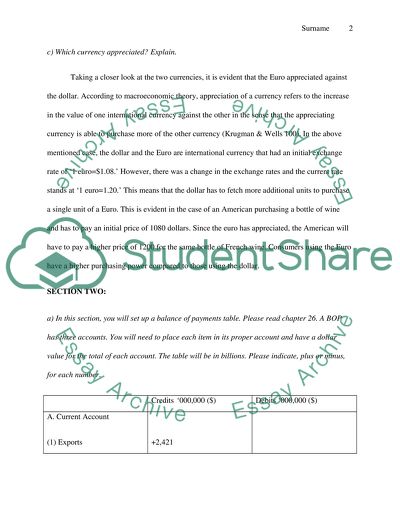Cite this document
(“Macroeconomics problems Essay Example | Topics and Well Written Essays - 2000 words”, n.d.)
Retrieved from https://studentshare.org/macro-microeconomics/1397485-macroeconomics
Retrieved from https://studentshare.org/macro-microeconomics/1397485-macroeconomics
(Macroeconomics Problems Essay Example | Topics and Well Written Essays - 2000 Words)
https://studentshare.org/macro-microeconomics/1397485-macroeconomics.
https://studentshare.org/macro-microeconomics/1397485-macroeconomics.
“Macroeconomics Problems Essay Example | Topics and Well Written Essays - 2000 Words”, n.d. https://studentshare.org/macro-microeconomics/1397485-macroeconomics.


